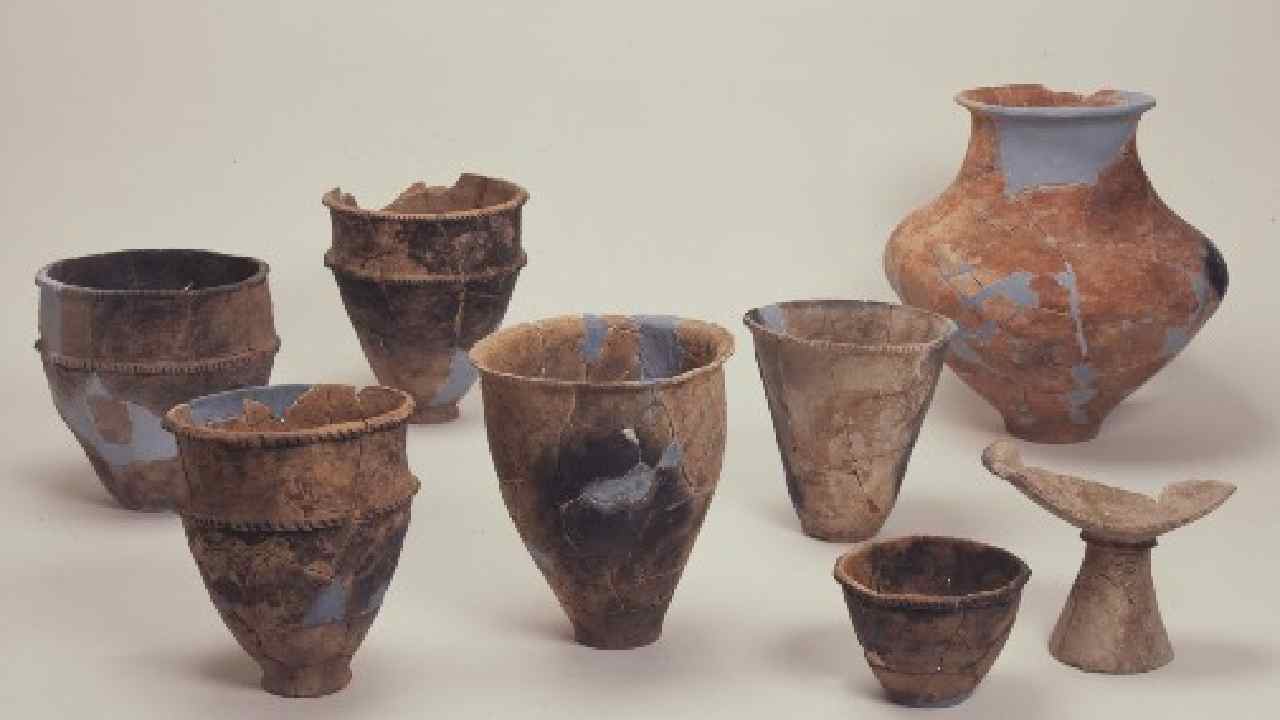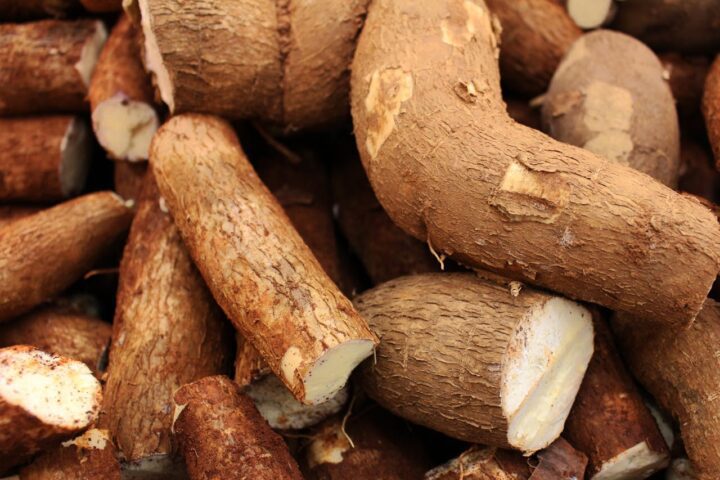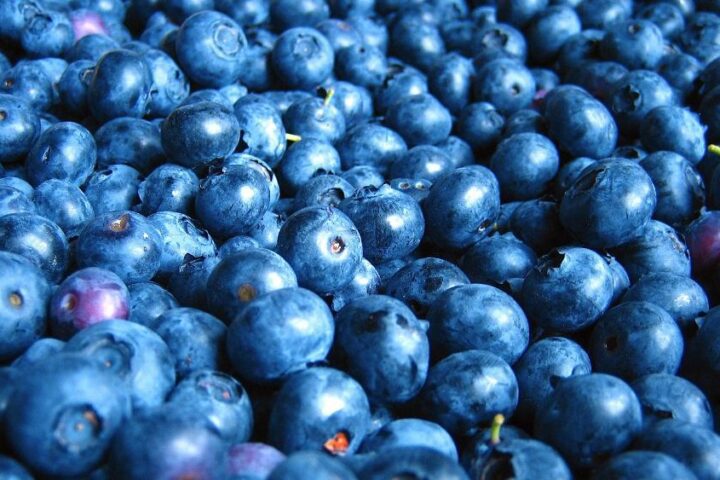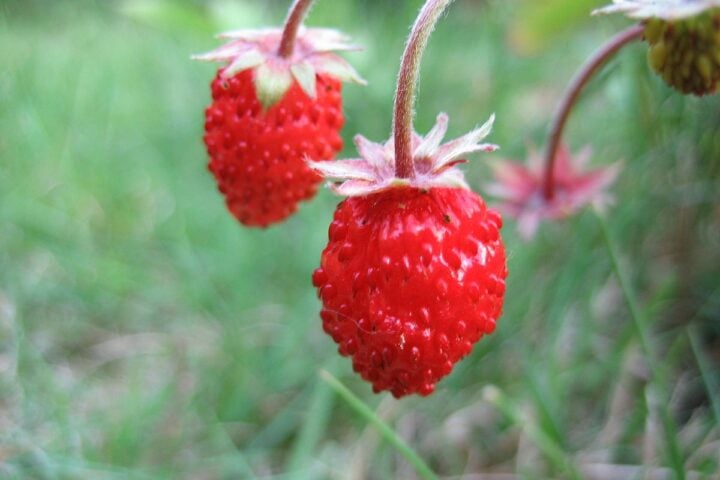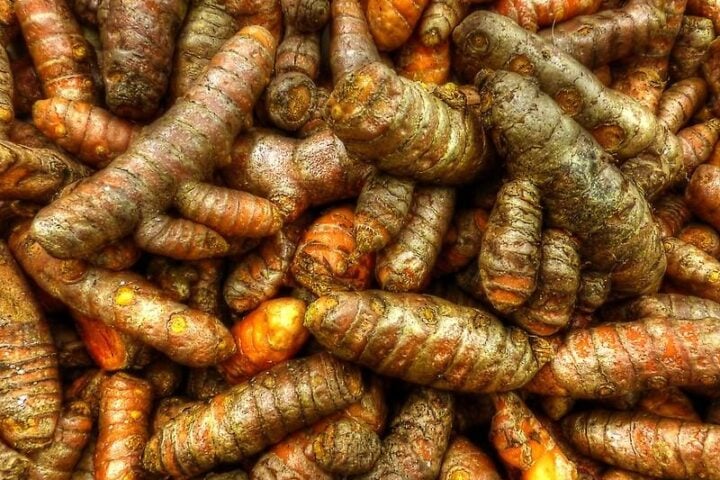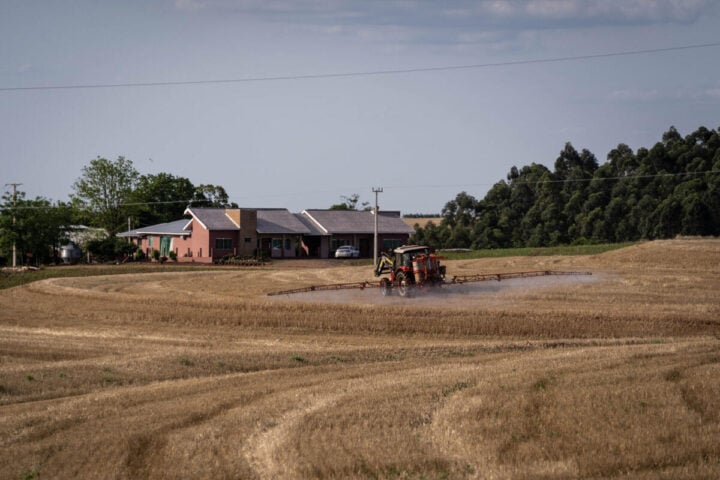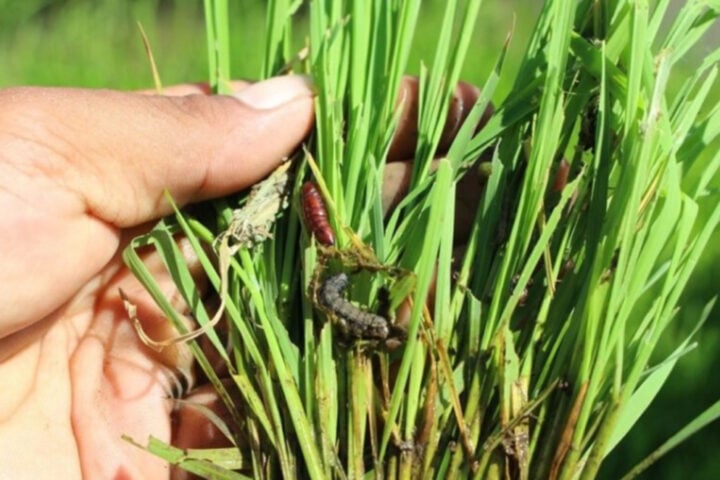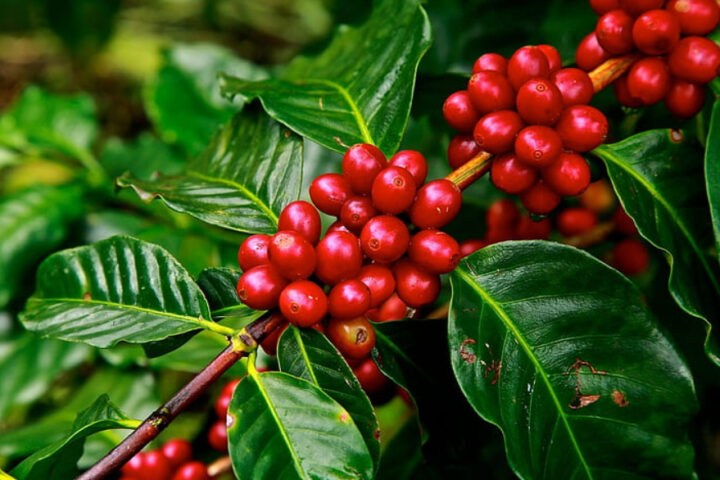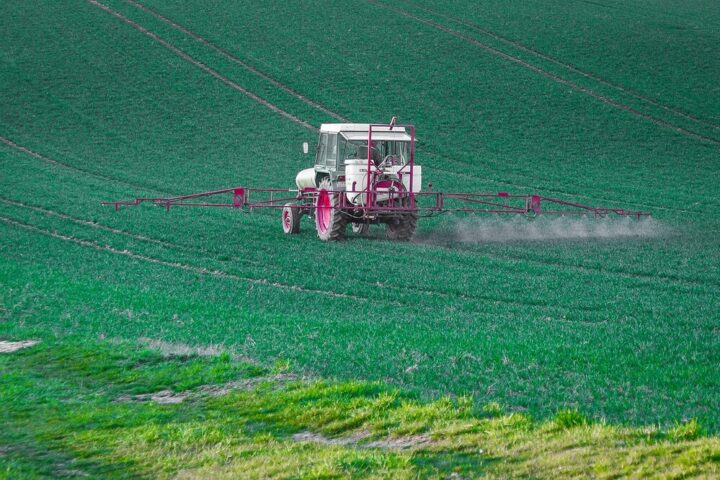New research reveals that ancient Japanese people largely ignored millet when rice farming arrived from Korea about 3,000 years ago, showing how deeply rooted food traditions can resist major technological changes.
Scientists from the University of York analyzed residue in more than 260 pottery vessels from Bronze Age Korea and ancient Japan, finding a surprising pattern. While both rice and millet farming techniques crossed from Korea to Japan around 1000 BCE, the Japanese primarily adopted rice and largely rejected millet, despite both crops growing equally well in Japan’s climate.
“The absence of millet from Japanese food residues and human bones was a surprise to us,” said Professor Oliver Craig from the University of York’s Department of Archaeology. “Environmental factors could be ruled out because we know that millet grows just as well in Japan as it does in Korea.”
The study, published in the journal PNAS, used “organic residue analysis” to detect fat molecules absorbed in pottery walls, showing what foods were cooked in them. This method provides direct evidence of ancient cooking practices beyond what archaeologists can determine from tools or seeds alone.
The research team, including Dr. Jasmine Lundy and Dr. Shinya Shoda from the Nara National Research Institute for Cultural Properties, discovered that Japanese pots continued to be used mainly for cooking fish and wild foods even after rice farming was established.
“There is evidence of Korean-style pottery and farming tools in Japan, but this didn’t line up with changes to the way people cooked and ate,” noted Dr. Shoda. “Yayoi pots were still used to cook fish and other wild foods, and few show signs of being dedicated to rice-cooking.”
This cultural persistence stands in contrast to other regions where the introduction of farming rapidly transformed diets. The findings suggest that food traditions can be remarkably resilient even when new technologies are available.
The research marks an important contribution to understanding the Jomon to Yayoi transition in Japan – the period when the hunter-gatherer Jomon culture gradually gave way to the farming-based Yayoi culture. While many aspects of society changed during this transition, including pottery styles and tools, cooking practices remained firmly anchored in tradition.
Similar Posts
“Whilst we see changes in pottery styles and other forms of material culture in Japan with the arrival of rice and millet, food culture remains remarkably consistent,” Professor Craig explained. “This suggests food culture is deeply embedded and can survive major technological shifts.”
This discovery challenges the common assumption that technological changes automatically lead to rapid cultural transformation. Instead, it shows that people may adopt some aspects of new technologies while maintaining traditional practices in other areas of life.
The research is part of the broader ENCOUNTER Project led by Dr. Enrico Crema at the University of Cambridge, which examines how farming spread through the Japanese archipelago and its demographic and cultural impacts.
“These latest findings add to our body of work in the ENCOUNTER project,” said Dr. Crema. “So far we’ve shown the diffusion rates of farming within the Japanese archipelago, the demographic impact of farming, and how different cultural traits might have been conditioned by marriage practices.”
The findings have parallels in other regions. In Southern Scandinavia, for example, hunting, fishing, and gathering continued for many years after farming was introduced. By contrast, in Britain, there was a quick shift away from foraging toward agriculture.
Seed impressions on Final Jomon and Yayoi pottery confirm both rice and millet were present in early farming settlements in Northern Kyushu, but chemical analysis shows millet was rarely used in cooking.
The research team conducted their analysis using a technique that can identify specific lipid biomarkers – in this case, finding evidence of a “lipid biomarker for broomcorn millet” in Korean pottery but not in contemporary Japanese vessels.
This study demonstrates how archaeological science can reveal nuanced aspects of cultural change that might otherwise remain hidden, showing that technological adoption is not always straightforward but influenced by deeply held cultural preferences and traditions.
